-

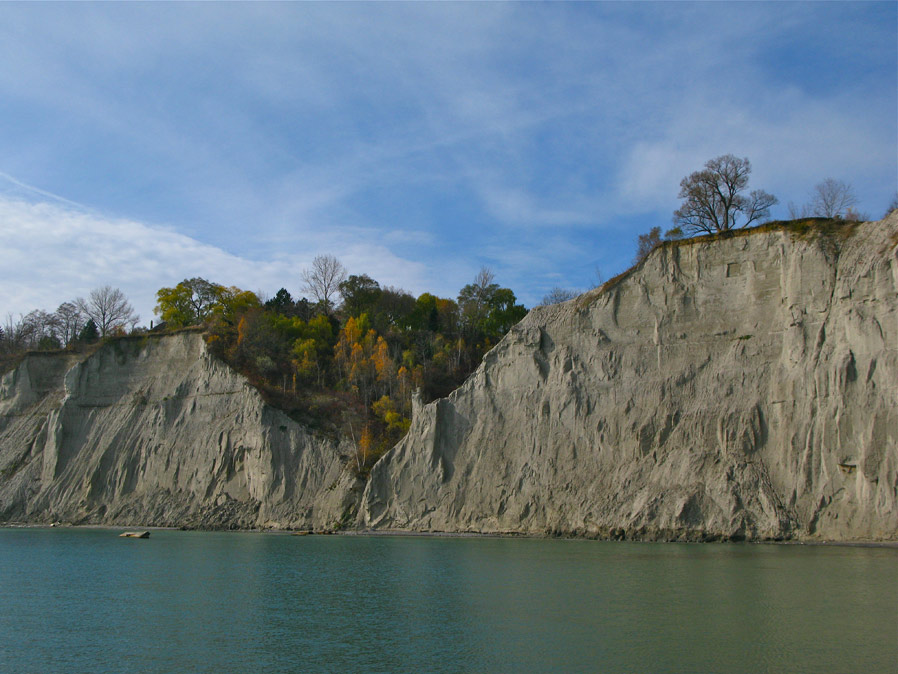
- Scarborough Bluffs, on Lake Ontario’s north shore, east of downtown Toronto, Saturday, Nov. 13, 2010. © BCP 2010


Wouldn’t you know it? Saturday afternoon, I went looking for the lovely young trumpeter swan, C16, that had been visiting my neighbourhood park (Woodbine) last week. I headed straight for the Scarborough Bluffs, because the Trumpeter Swan Society said on its Facebook page (thanks, Libby!) that C16 had been sighted there after she left the Beach.
I tromped about the length of the man-made peninsula — a great pleasure, as it was such a lovely autumn afternoon — but saw no sign of Sweetie.
I did see a couple of other tagged trumpeters, though — 508 and 803 — that I watched for some time as several families fed them, along with some loudly complaining mallard ducks, pigeons and squealing gulls.
Out of luck with Sweetie, I decided to head back to my car and perhaps look further down the Lake Ontario shoreline. But on my way to the parking lot, I heard the most astonishing bird singing. One I had never heard before!
-

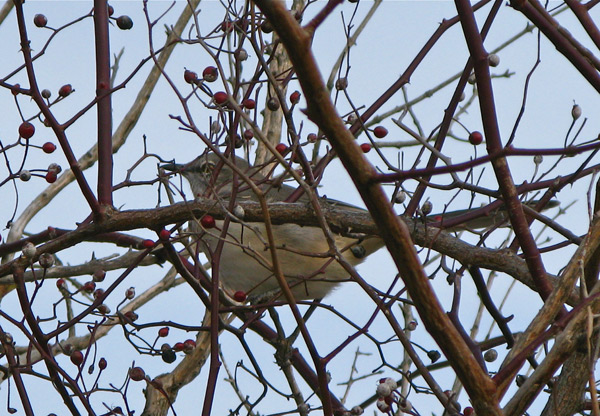
- Northern mockingbird (Mimus polyglottos) at Bluffer’s Park. © BCP 2010


It took me quite a bit of time listening to the geyser of vocalizations emanating from a thicket of red berries before I realized I was actually hearing a single bird! Try as I might, staying absolutely perfectly still and just waiting and watching, I could not see the magical creature that was producing this tsunami of song.
I found my way around to the back side of the thicket, and kept straining to see the bird, and finally my patience was rewarded.
-

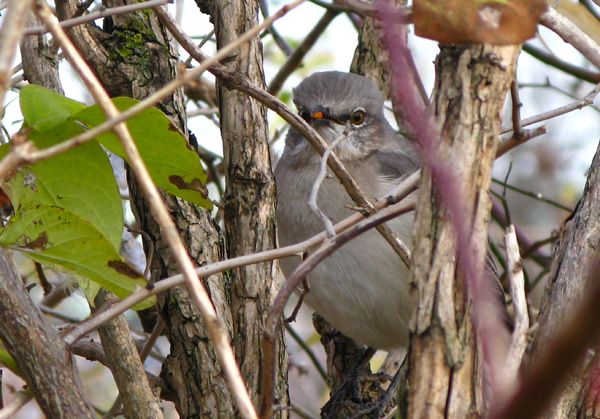
- Mockingbird with one of the little red berries in its beak. © BCP 2010


Peering carefully, I caught glimpses of what appeared to be a bird with mostly grey upper parts, a white breast, quite a good size, with a very long tail. White eye rings and white wing bars flashing into larger patches when it hopped around. It seemed to be devouring the little red berries in the thicket. It finally dawned on me that this plainish bird with the dazzling voice must be a mockingbird.
Back at home, I checked in my books, and there was no doubt. I had been watching and listening to a northern mockingbird (Mimus polyglottos). To hear its remarkable voice, click here to go to the Cornell Lab’s web page on this species.
The Cornell Lab of Ornithology page shows that northern mockingbirds remain all year in the Toronto area, although other sources I checked were somewhat ambivalent on the subject of migration. But, surely, if my little grey friend were going south for the winter, he would have packed his bags already? If anyone out there knows about mockingbird migration in our range, please do let me know.
In the meantime, whether we know all their secrets or not, we can certainly appreciate their special attraction. Which leads me to yesterday’s quote:
“Mockingbirds don’t do one thing but make music for us to enjoy. They don’t eat up people’s gardens, don’t nest in corncribs, they don’t do one thing but sing their hearts out for us. That’s why it’s a sin to kill a mockingbird.” — Harper Lee (from her Pulitzer Prize-winning 1960 novel, To Kill a Mockingbird.)

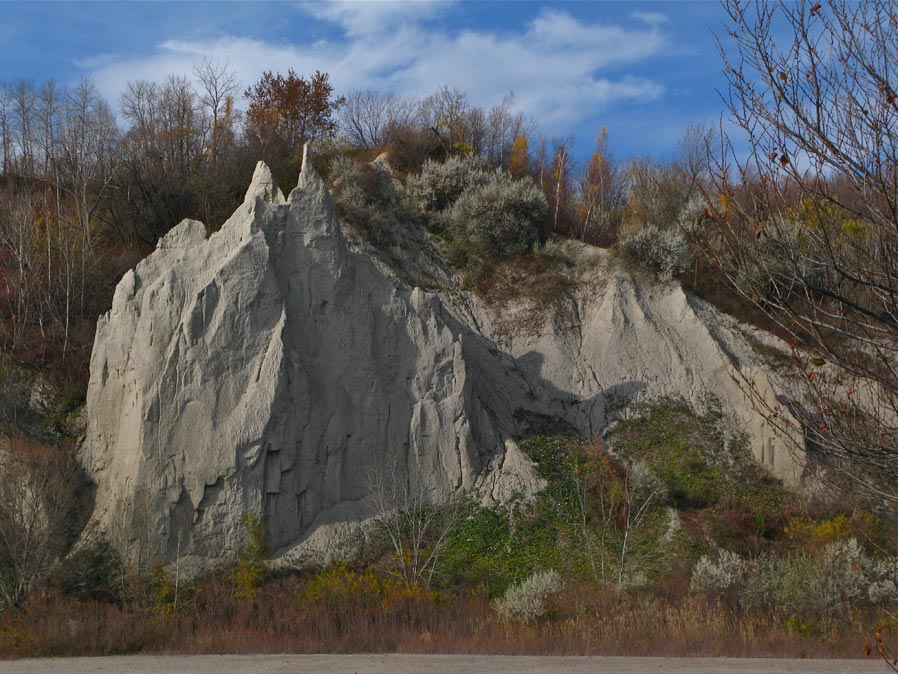

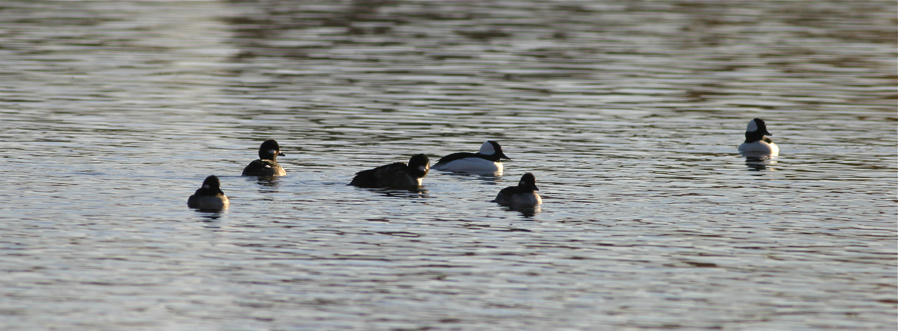
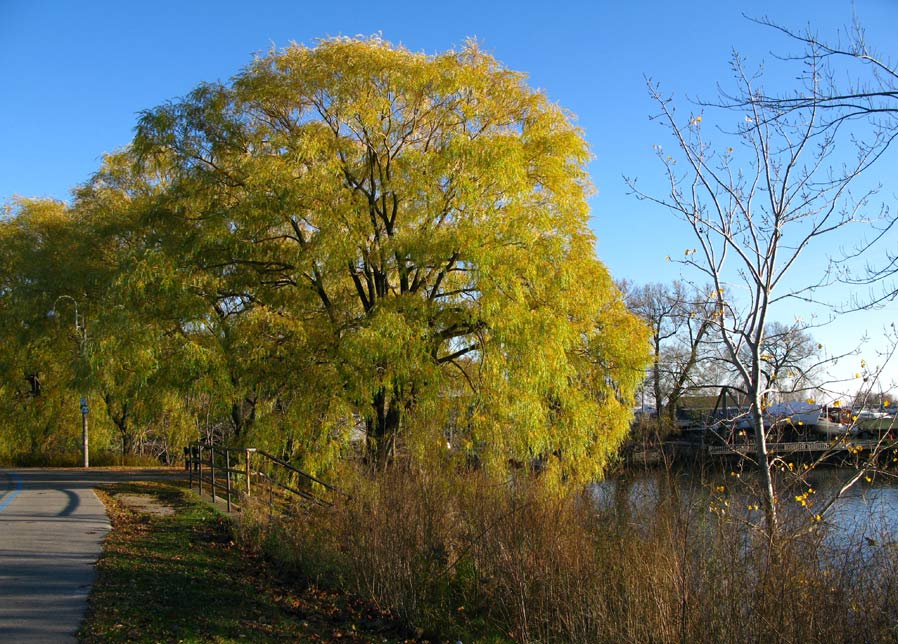
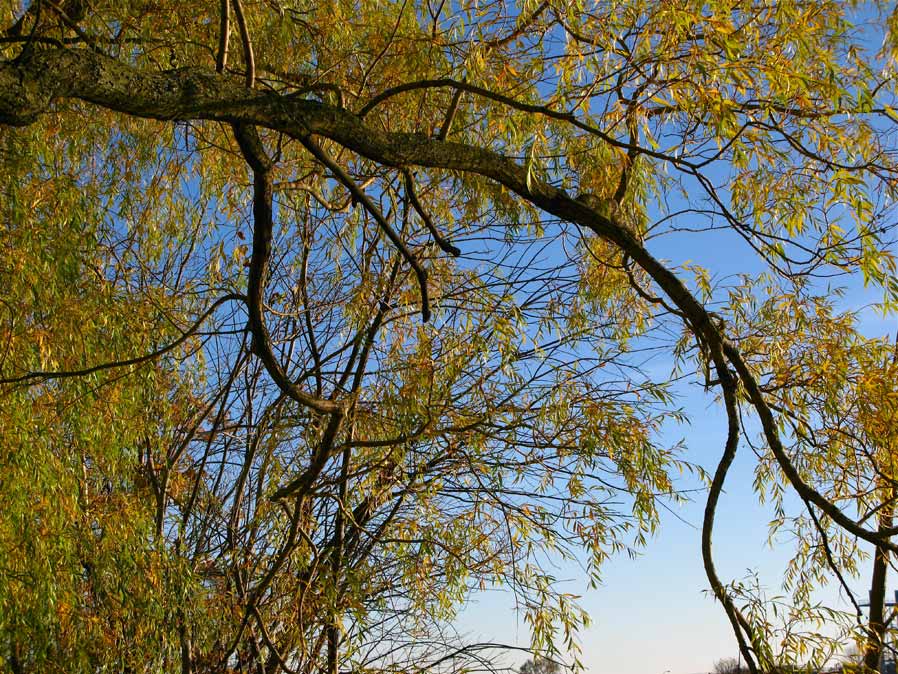
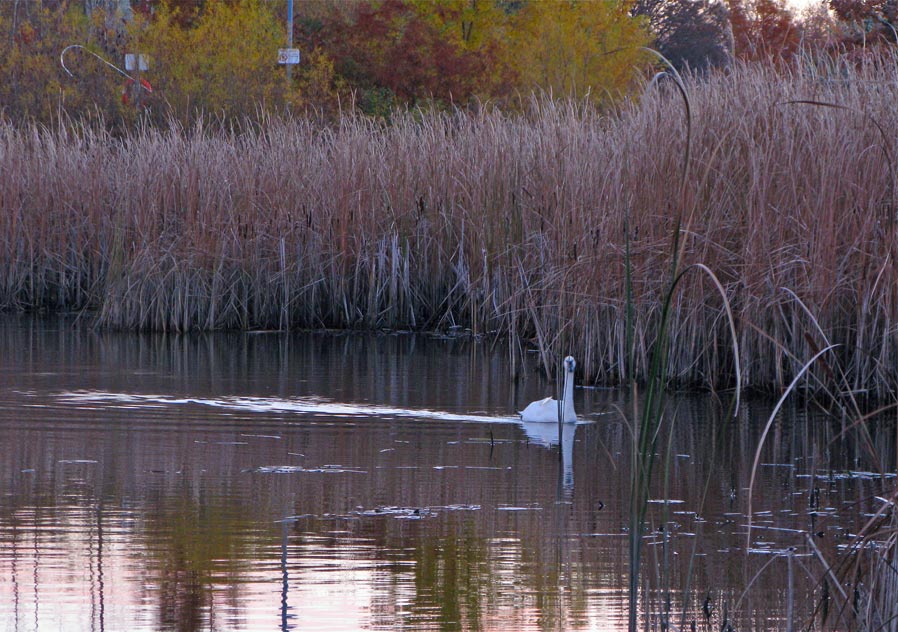
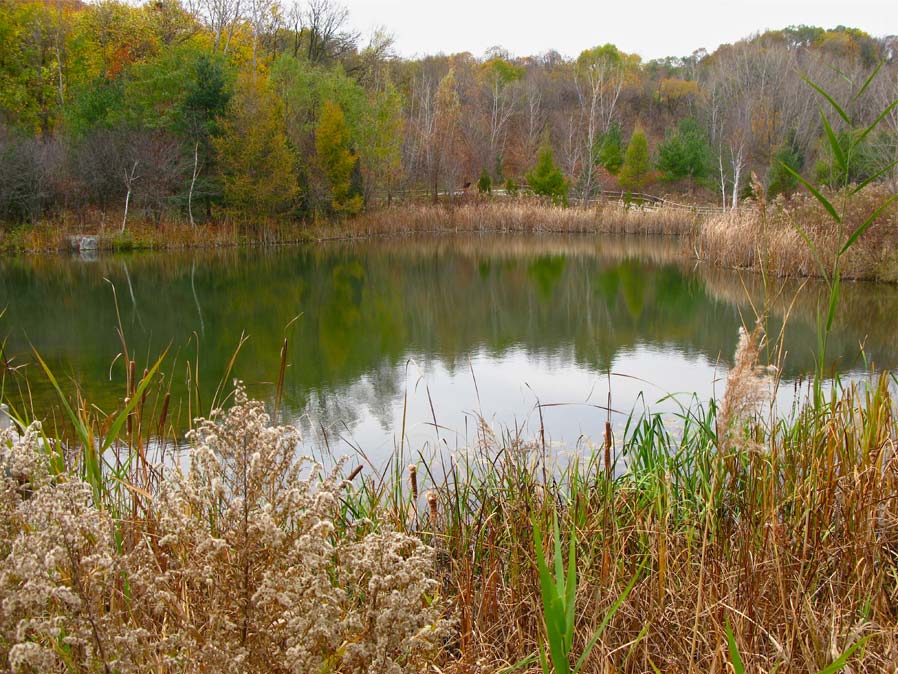
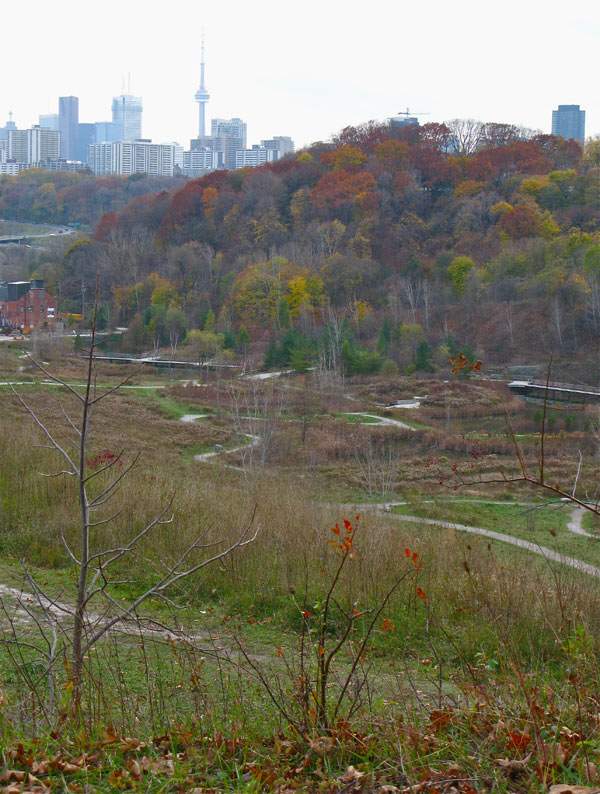
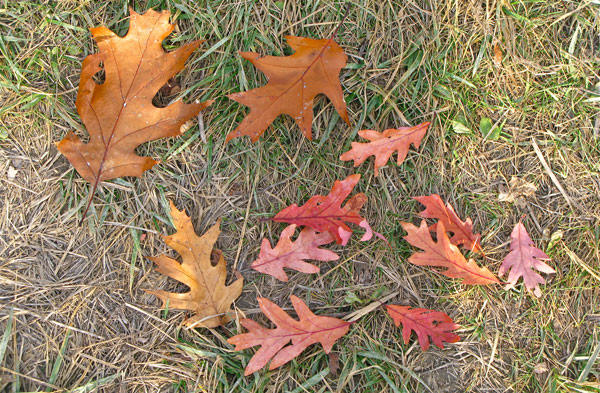
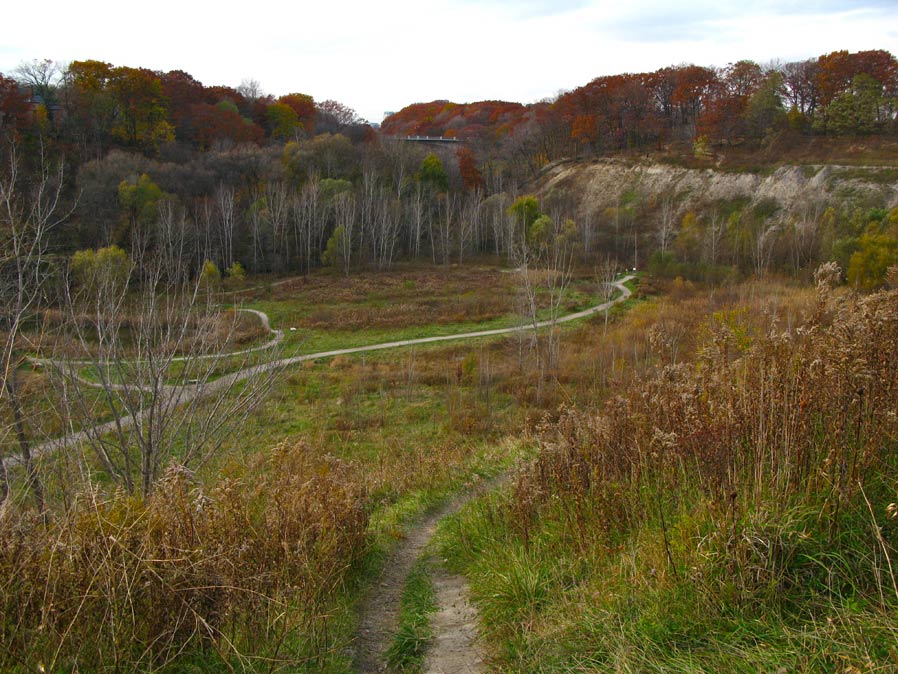

1 comment